Optimal Timing for Culvert Cleanings
Culvert cleanings are essential for maintaining proper drainage and preventing flooding. The optimal timing depends on seasonal weather patterns, local climate, and the specific conditions of the area. Regular inspections and cleanings before periods of heavy rainfall can help avoid blockages and water damage.
Perform culvert cleanings in spring to clear debris accumulated over winter and prepare for increased rainfall.
Cleaning before the rainy season ensures unobstructed water flow and reduces flood risks.
Inspect and clean culverts after heavy storms to remove debris and prevent blockages.
Scheduled cleanings throughout the year maintain optimal drainage and prevent buildup.
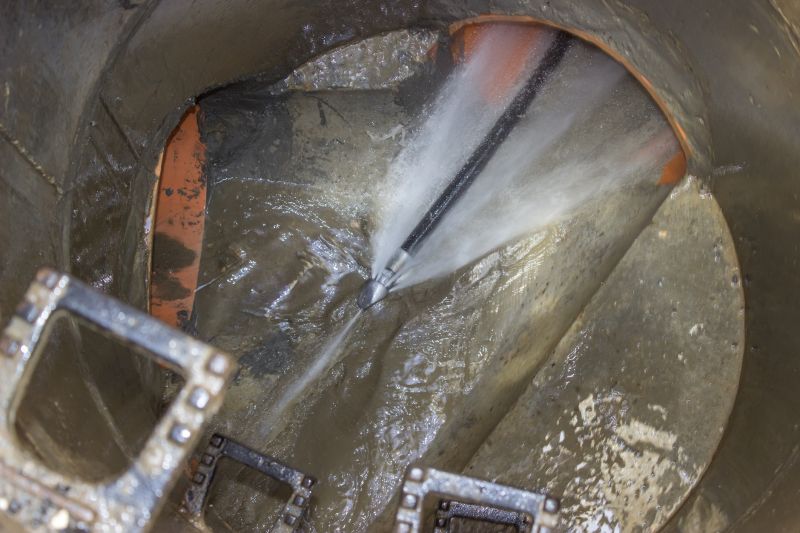
Specialized tools used for efficient debris removal from culverts.

Debris buildup causing water flow obstruction.
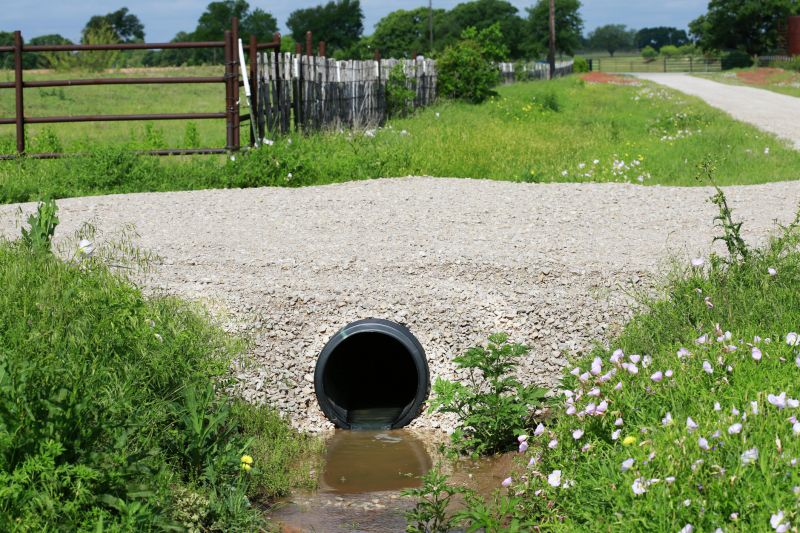
Clear and functional drainage system.
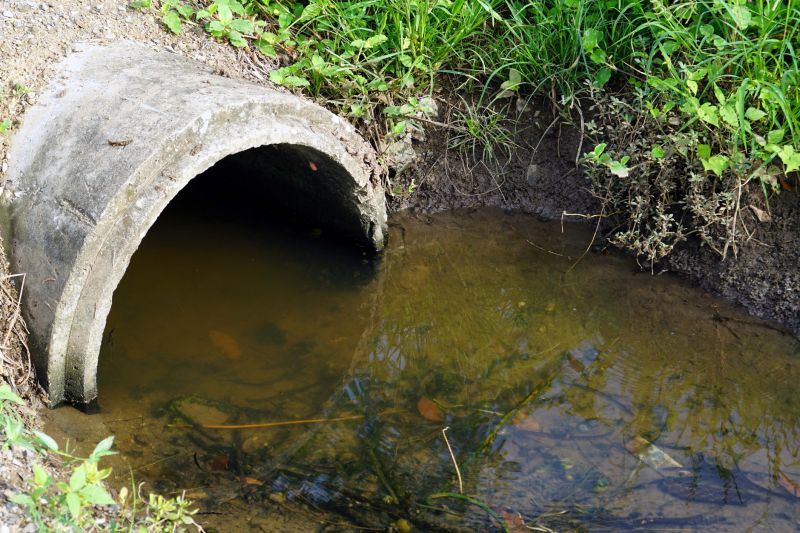
Ways to make Culvert Cleanings work in tight or awkward layouts.
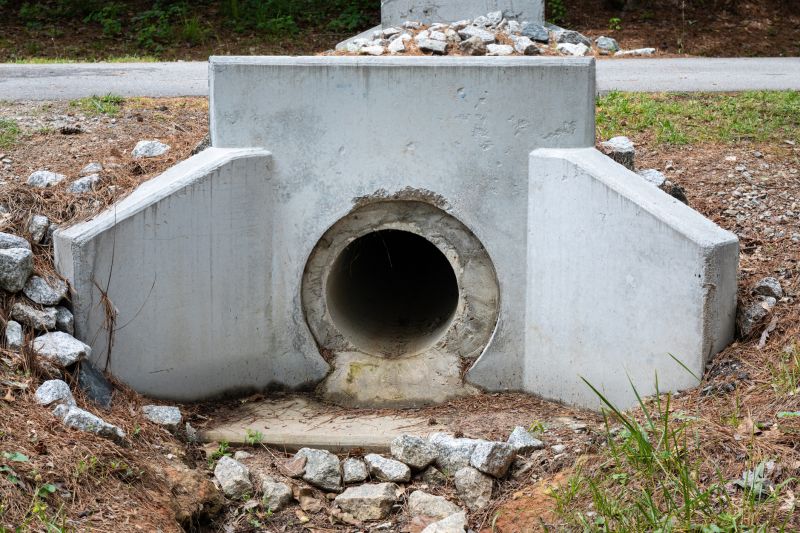
Popular materials for Culvert Cleanings and why they hold up over time.
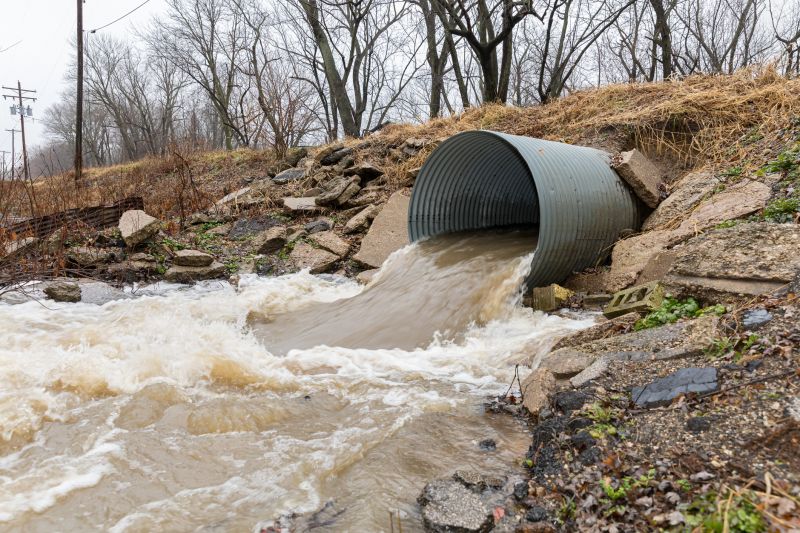
Simple add-ons that improve Culvert Cleanings without blowing the budget.
Culvert cleanings are vital for ensuring proper water flow and preventing structural damage caused by blockages. Regular maintenance can extend the lifespan of culverts and reduce costly repairs. Proper timing, aligned with seasonal weather patterns, enhances the effectiveness of cleanings and minimizes disruption during peak rainfall periods.

Removing leaves, mud, and other debris from culverts.
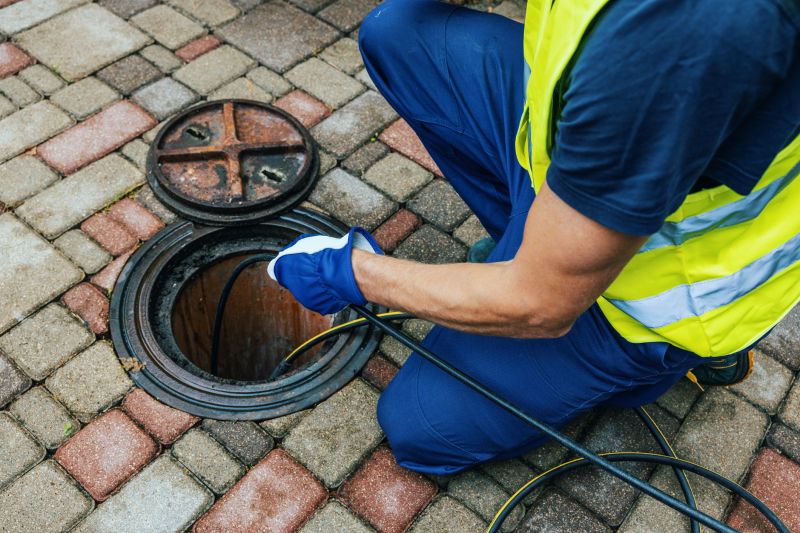
Visual inspection to identify potential blockages.
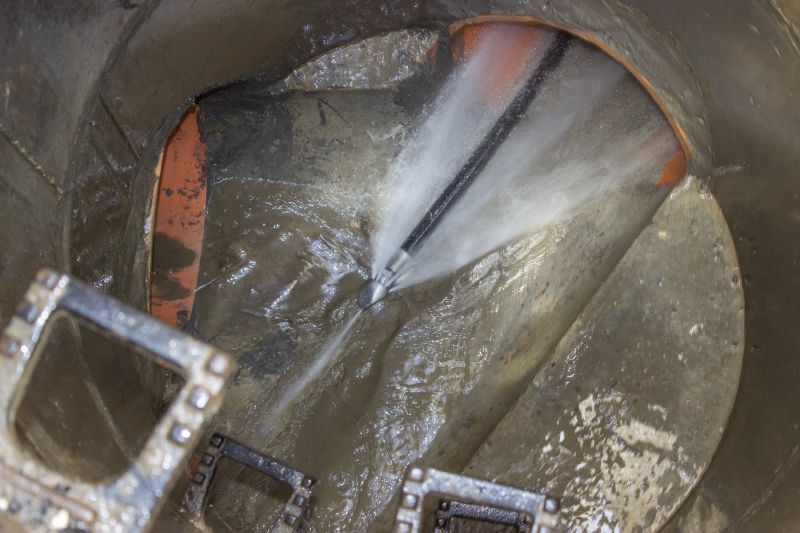
Using high-pressure water and tools for cleaning.

Flowing water after cleaning process.
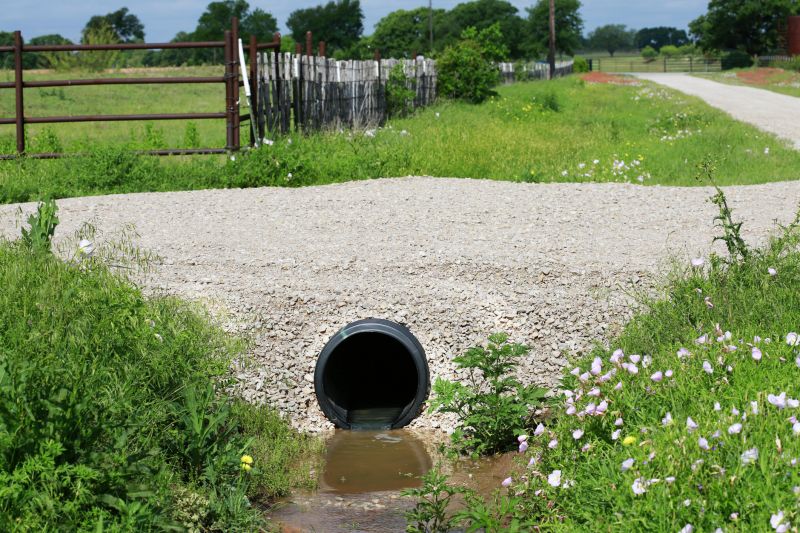
High-end options that actually feel worth it for Culvert Cleanings.
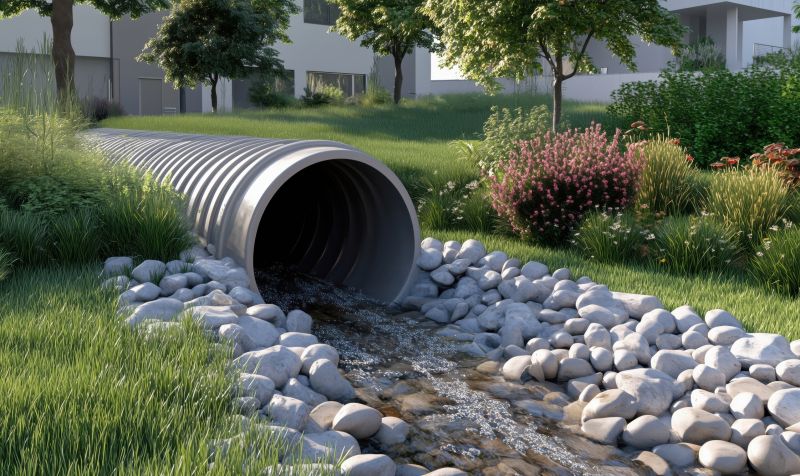
Finishes and colors that play nicely with Culvert Cleanings.
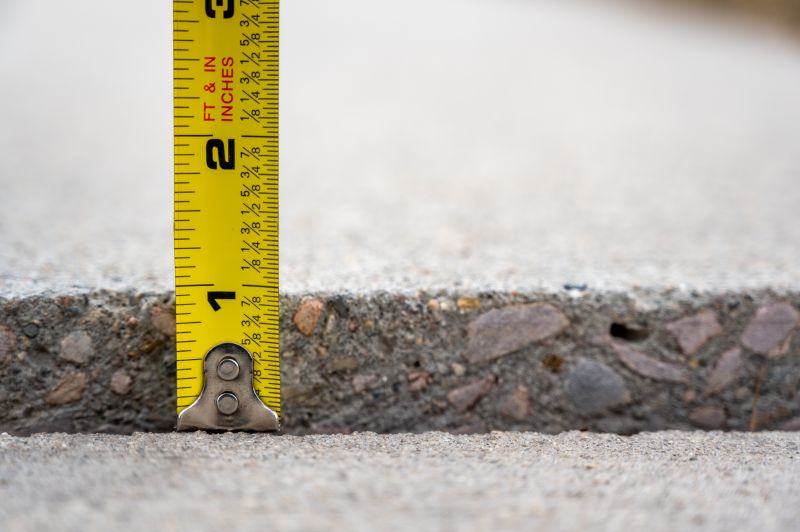
Little measurements that prevent headaches on Culvert Cleanings day.

A 60-second routine that keeps Culvert Cleanings looking new.
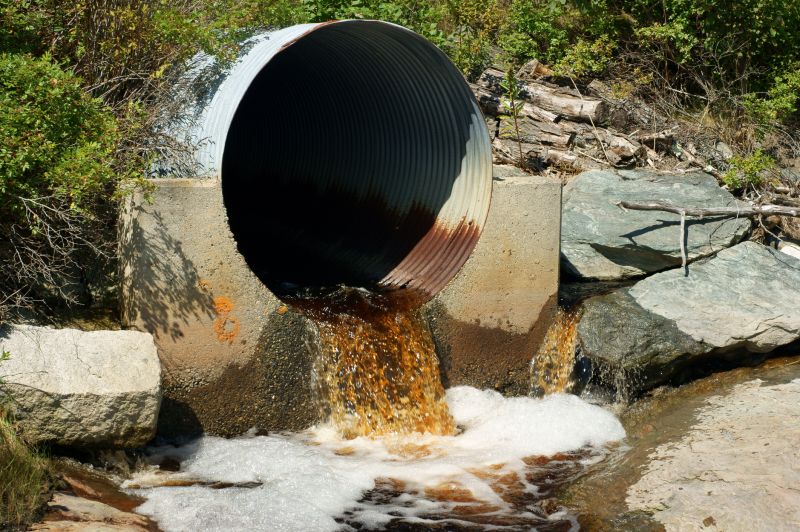
A frequent mistake in Culvert Cleanings and how to dodge it.

Small tweaks to make Culvert Cleanings safer and easier to use.
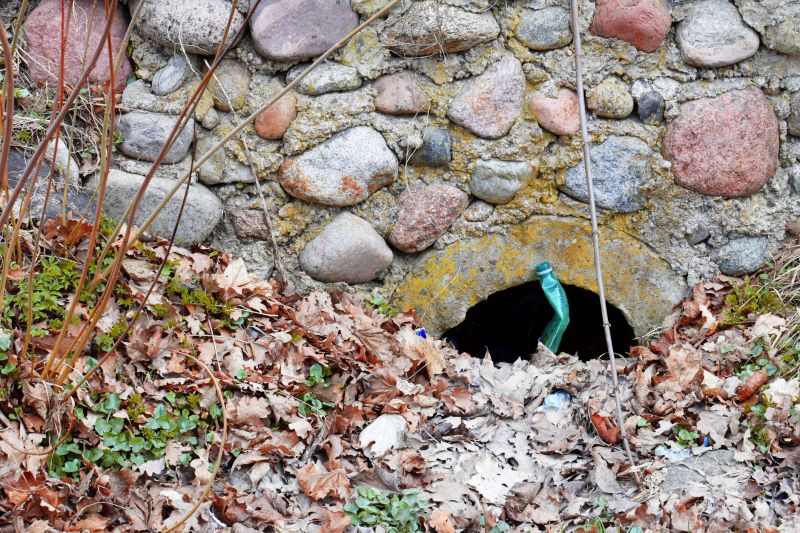
Lower-waste or water-saving choices for Culvert Cleanings.
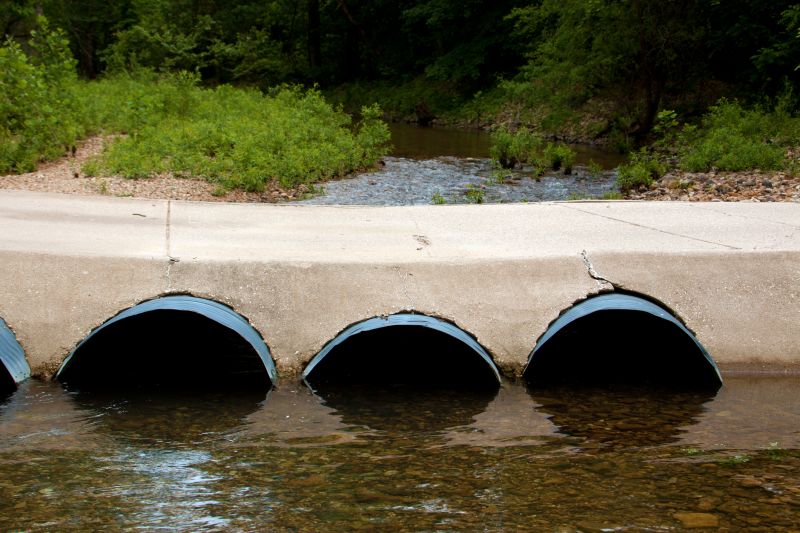
The short, realistic tool list for quality Culvert Cleanings.
| Season | Recommended Action |
|---|---|
| Spring | Perform initial cleanings to remove winter debris. |
| Pre-Rainy Season | Schedule cleanings to prepare for increased water flow. |
| Post-Storm | Inspect and clear blockages caused by storms. |
| Fall | Remove fallen leaves and prepare for winter. |
| Winter | Conduct inspections if weather permits. |
Timing culvert cleanings according to seasonal weather patterns helps maintain unobstructed drainage and reduces the risk of flooding. Regular inspections, especially before and after heavy rainfall, ensure that culverts function efficiently year-round. Proper scheduling minimizes disruptions and extends the durability of drainage infrastructure.
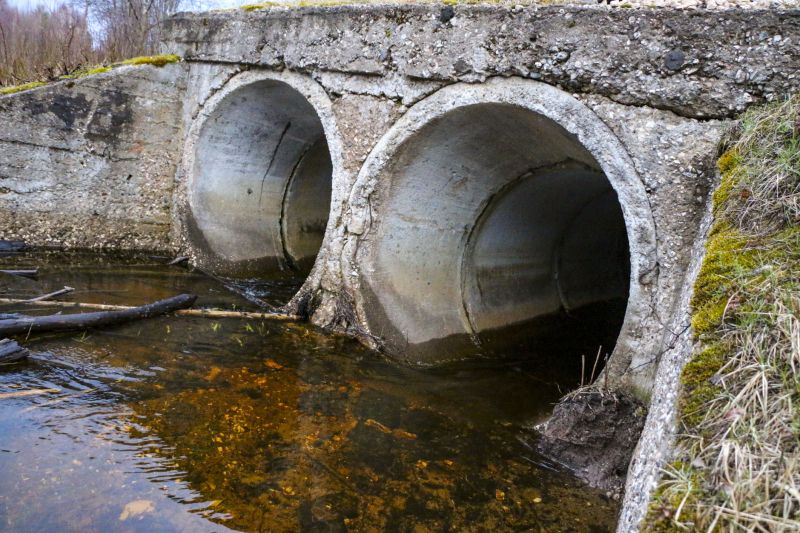
Comparison of culvert condition.

Assessing culverts after severe weather.

Routine upkeep for optimal performance.
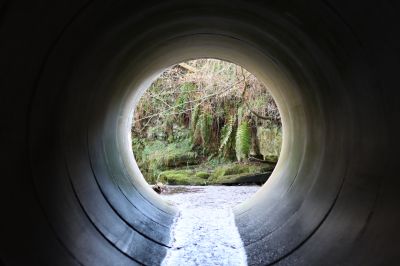
Active cleaning process underway.
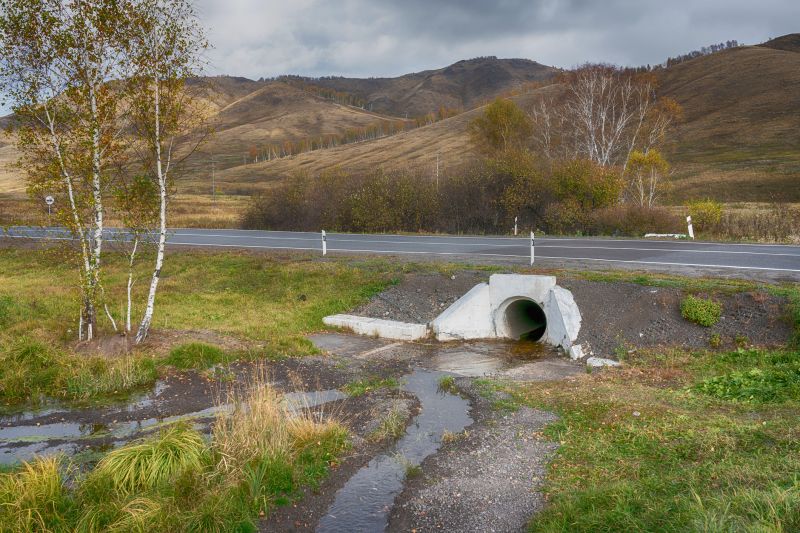
Rough timing from prep to clean-up for Culvert Cleanings.
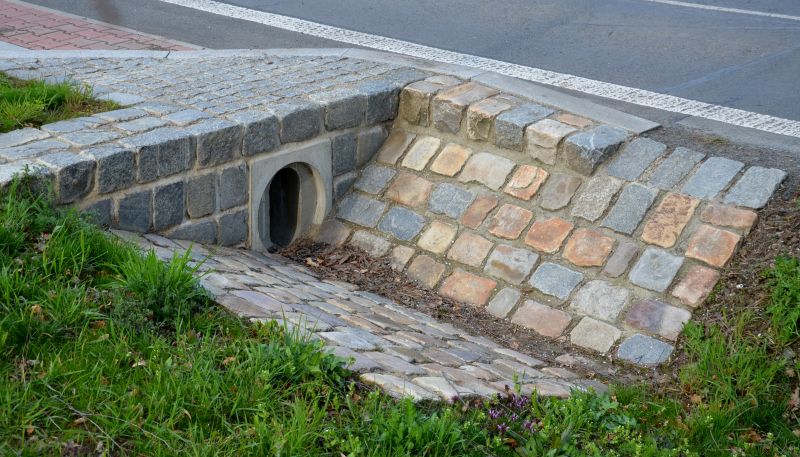
Quick checks and paperwork to keep after Culvert Cleanings.

Examples that show the impact a good Culvert Cleanings can make.
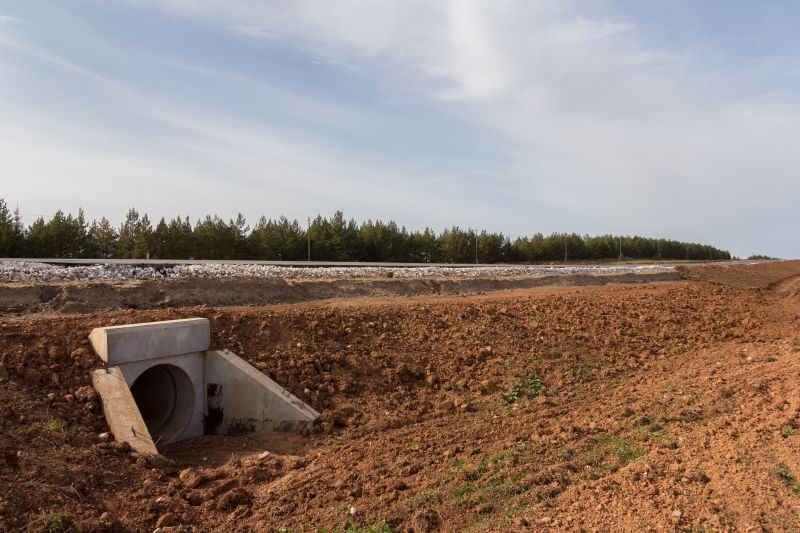
Ways to make Culvert Cleanings work in tight or awkward layouts.
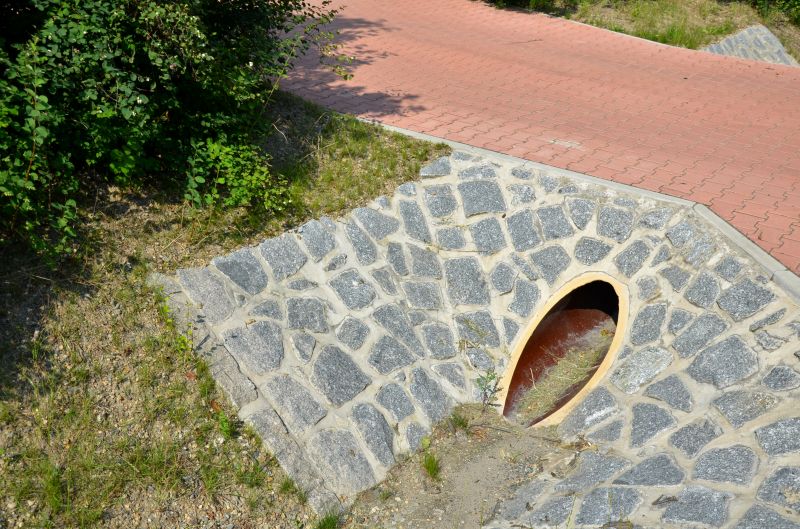
Ways to make Culvert Cleanings work in tight or awkward layouts.

Ways to make Culvert Cleanings work in tight or awkward layouts.
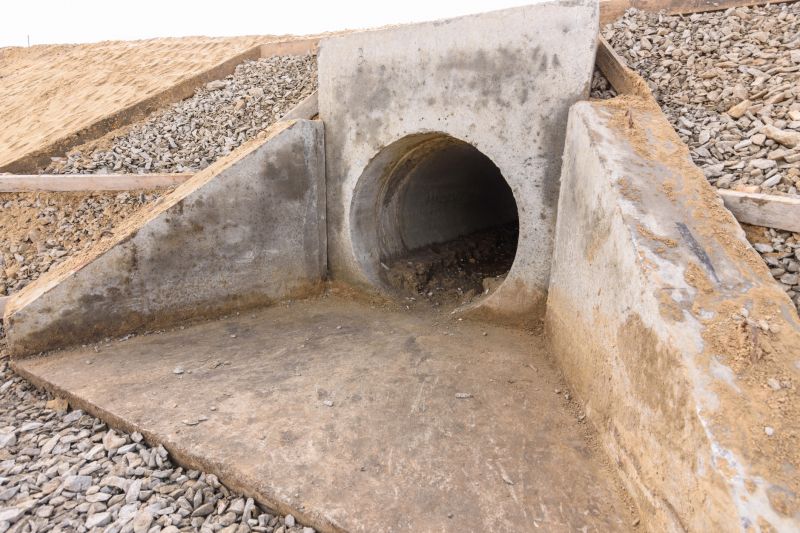
Ways to make Culvert Cleanings work in tight or awkward layouts.
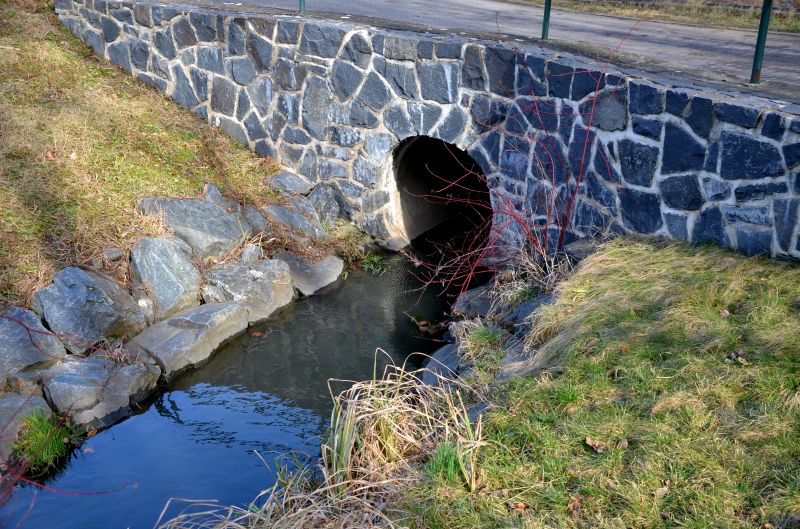
Ways to make Culvert Cleanings work in tight or awkward layouts.
For effective culvert management, it is recommended to schedule cleanings in alignment with seasonal weather changes. Ensuring proper drainage before heavy rainfall periods can prevent flooding and infrastructure damage. Regular maintenance also helps identify potential issues early, reducing long-term repair costs.
Interested in scheduling culvert cleanings? Fill out the contact form to get more information and assistance with maintenance planning.



